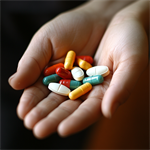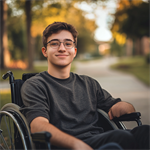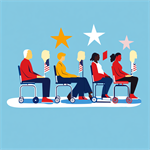
Please click on DSA Newsletter for June 2025 above to access the month's newsletter information.

Please click on DSA Newsletter for March 2025 above to access the month's newsletter information.

Please click on DSA Newsletter for February 2025 above to access the month's newsletter information.

Please click on DSA Newsletter for January 2025 above to access the month's newsletter information.

Please click on DSA Newsletter for December 2024 above to access the month's newsletter information and to download documents of interest.

Please click on DSA Newsletter for November 2024 above to access the month's newsletter information and to download documents of interest.

Please click on DSA Newsletter for October 2024 above to access the month's newsletter information and to download documents of interest.

Please click on DSA Newsletter for September 2024 above to access the month's newsletter information and to download documents of interest.

Please click on DSA Newsletter for August 2024 above to access the month's newsletter information and to download documents of interest.

Please click on DSA Newsletter for July 2024 above to access the month's newsletter information and to download documents of interest.